The movement for more sustainable communities had given rise to off the grid homes. Why off the grid? The grid refers to the national or main transmission grid where the supply of electricity of typical homes in both urban and rural communities comes from. When it comes to housing, off-the-grid pertains to independent and fully self-sufficient homes that do not rely on typical sources of water, gas, and electricity for everyday use. The materials that these houses are made from are usually recyclable. Off the grid is not yet mainstream, but it is increasing in popularity as they are being actively promoted by Ed Begley (TV host), Cody Lundin (reality show host and survivalist), and Daryl Hannah (actress).
10. Truly down to earth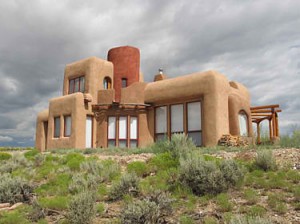
Off the grid is not synonymous to “Stone Age.” Essentially, living off the grid pertains to a lifestyle that is fully aware of the materials that is used in building the structure, the energy consumption, and the sustainability of the consumer products used by the household on a daily basis. There are currently 40, 000 in the United Kingdom and 300, 000 off-grid households in the United States. The estimate includes properties that are off grid due to their remote location, as well as homes that are owned by environmentalists and survivalists at the forefront of their advocacy.
9. Power from the Universe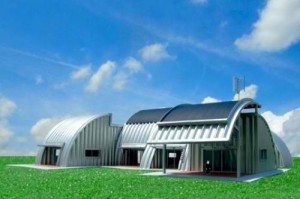
Every 21st century house requires energy. In order to power home appliances, the main power source options are solar thermal systems and wind turbines. Both are 100% renewable. With these in place, the household will have power for hot water, cooking, washing, and for entertainment as well. Cooking may also be done using a wood-burning stove. Another main concern is water. Grey water recycling is a must, as well as storage of rainwater for garden and toilet use.
8. Self-sustaining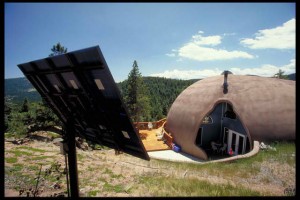
Living off the grid means that the family has to take care of its own power needs and utilities, and the waste and sewage as well. What this entails is a lot of determination, resources, and research. You may be living in a remote area, but that does not mean that you can just dump your waste anywhere. Living off the grid means living more responsibly, to a certain extent. Off-grid homes are not within the scope of municipal waste systems. And there will be no garbage trucks making regular rounds during the week. The off grid family must find ways to manage their waste. One of the areas to explore is composting.
7. Be prepared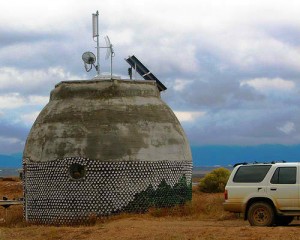
There are many things to consider in converting to the off-grid lifestyle. Aside from a rather large sum a little more extra cash on hand for unexpected expenses, you would need to choose a location, secure a permit, talk with contractors and suppliers, and prepare the design for your home. One of the most important factors to consider is the climate in the area. This is one of the main determinants in the design and choice of materials for the house.
6. The off grid cottage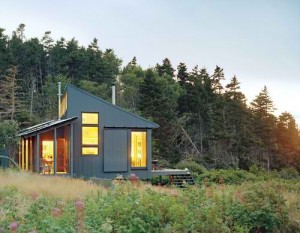
Green cottages are designed for efficiency. This means that the materials are used in the most effective way possible, and that there is less waste generated during construction as well as in the everyday operations of the household. The main advantage of off the grid cottages is that they are smaller than other off grid homes, and that saves a lot of energy.
5. The Van Greet Off-Grid Home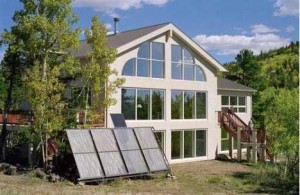
Solar panels provide power for this home that is located in Colorado. Its location has been so chosen to maximize the amount of sun that the panels can make the most of. This home is said to be sponsored by the Energy Efficiency and Renewable Energy (EERE) Agency of the Department of Energy.
4. Shipping Container Homes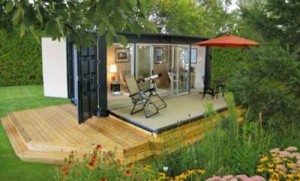
Shipping containers are very portable and that makes them an ideal medium for building houses in the most remote areas. It is more like a shack, but this idea of an off-grid residence can be equipped with the necessary conveniences of the 21st century. More shipping containers can be added on to the basic shelter and other renewable and recyclable materials are used in construction to be consistent to the theme.
3. Bale Mobile Home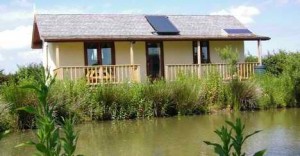
There is a double wide mobile home in East Yorkshire in the United Kingdom. This house provides the owners shelter, and lowers their carbon footprint at the same time. The Atkinsons used straw and other sustainable materials to construct their home, which runs on solar and wind power.
2. House Arc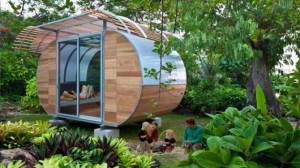
Bellomo Architects offers the modular 150 sq. ft. and weighs 3, 000 lbs. House Arc for “compact living.” This housing solution is very affordable, environmental friendly, and can be assembled on-site. This house is so compact that it can even be shipped in a box, with instructions included. The House Arc may be assembled like furniture and come with insulation and photovoltaic panels.
1. Hobbit House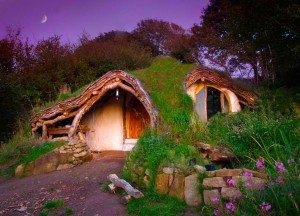
This lovely house is straight out of the pages of JRRTolkien’s fantasy epic, recalling Bag-End from door to interior. And yes, this was built by a regular guy and he lives there with his wife and children. Simon Dale from Wales used salvaged and reclaimed materials in constructing his Hobbit House. This homestead is spacious, airy, and very low-impact. Heating and cooling is all natural. And they maintain a compost toilet. The house cost Dale $5, 000 to build.
Leave a Reply